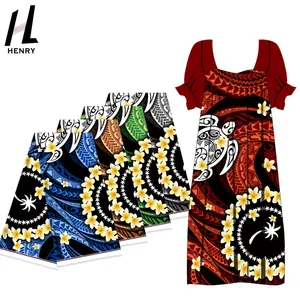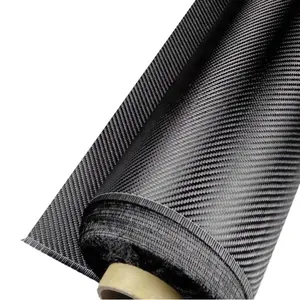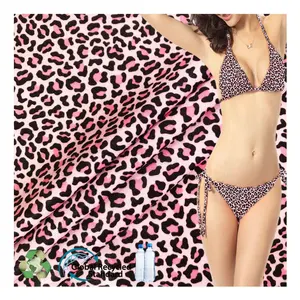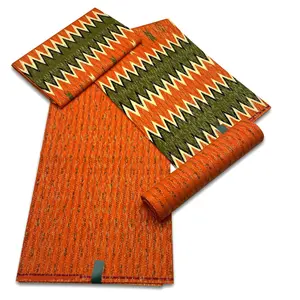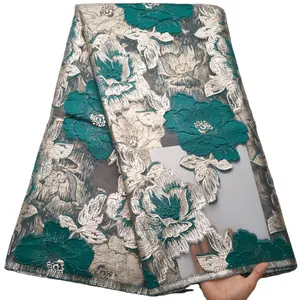Popular in your industry













































































Top categories
About blended yarn
What are Blended Yarn
Blended yarns are a type of textile yarn which comprise a mix of fibers to combine the advantageous properties of various materials. These yarns are crafted for specific purposes, catering to the needs of different industries ranging from fashion and home décor to industrial applications. By blending fibers, manufacturers can enhance the strength, durability, elasticity, and even the aesthetic appeal of the yarn. For instance, combining cotton and polyester can yield a fabric that benefits from the softness and breathability of cotton, along with the durability and wrinkle resistance of polyester.
The process of creating blended yarn involves carefully selecting and combining fibers that complement each other. This can be done at various stages of the yarn production process, such as during carding or at the time of spinning. The proportion of each fiber in the blend is meticulously calculated to achieve the desired properties in the final product. Blended yarns are widely used because they can be engineered to meet specific performance criteria, such as reduced pilling, improved drape, or increased tensile strength.
Blended yarns cater to a wide audience, including textile manufacturers, fashion designers, and craft enthusiasts who seek versatile materials that offer enhanced qualities over single-fiber yarns. These blends also provide cost-effectiveness by combining expensive fibers with more affordable ones without compromising on quality. Moreover, blended yarns can contribute to sustainable practices by integrating recycled or eco-friendly fibers into traditional materials.
Types of Blended Yarn
The diversity in blended yarn types allows for a wide array of applications tailored to various end-uses:
Cotton/Acrylic Yarns: These blends are popular for their softness and warmth, making them suitable for apparel and home textiles. Cotton adds breathability while acrylic enhances durability and ease of maintenance.
Polyester/Cotton Yarns: Known for their resilience and colorfastness, these blended yarns are commonly used for uniforms, workwear, and other garments that require frequent washing.
Wool/Acrylic Yarns: Offering the warmth of wool with the lightweight properties of acrylic, these yarns are ideal for winter clothing and blankets.
Polyester/Acrylic Yarns: This blend provides excellent shape retention and resistance to sunlight degradation, which is perfect for outdoor fabrics and upholstery.
Viscose/Polyester Yarns: Combining viscose's silky appearance with polyester's strength creates a luxurious yet durable material often used in draperies and high-end garments.
How to choose Blended Yarn
When selecting blended yarn for business purposes, it's important to consider the specific attributes that will best serve your product's requirements. The fiber composition should align with the intended use case. For instance, if you're producing activewear, selecting a moisture-absorbent blend like polyester/cotton could enhance comfort for the end-user. If your product demands high tenacity for industrial applications, a blend incorporating synthetic fibers like nylon or polyester would be advantageous.
Consider environmental factors as well; if sustainability is a key selling point for your business, blends that include recycled or organic fibers might align better with your brand values. Additionally, technical specifications such as twist level, yarn strength, and evenness should match the performance standards necessary for your products.
Lastly, aesthetic aspects like color uniformity and hand-feel can't be overlooked as they directly impact consumer appeal. With Alibaba.com's vast selection of blended yarns from numerous suppliers around the world, businesses can find options that meet both performance criteria and aesthetic desires.
Best Blended Yarn on Alibaba.com
Finding quality blended yarn tailored to specific business needs is essential in today's competitive market. Alibaba.com stands out as a global marketplace where businesses can source an extensive variety of blended yarns that meet diverse requirements. With suppliers from all over the world listing their products on this platform, buyers have access to a multitude of options regarding material compositions, features like anti-pilling or flame retardant properties, and styles suitable for different end-products like hand knitting or woven textiles.
Alibaba.com is not just about variety; it focuses on facilitating safe trade between buyers and suppliers. With services like Trade Assurance that protect payments until delivery is completed, businesses can operate with confidence knowing their transactions are secure. Moreover, Alibaba.com's interface makes it easy to navigate through options while offering tools that help communicate with suppliers in local languages and manage orders efficiently.
In essence, Alibaba.com caters to businesses looking for high-quality blended yarn by offering an all-in-one solution that simplifies sourcing while prioritizing security and customer satisfaction. Whether you're in search of unique hand knitting styles or durable materials for industrial use, Alibaba.com bridges the gap between your business needs and reliable suppliers worldwide.
Common FAQs for Blended Yarn
What is blended yarn used for?
Blended yarn is versatile and used in a range of products including apparel, home textiles, activewear, industrial fabrics, and craft projects due to its ability to combine the properties of different fibers for specific applications.
How are blended yarns made?
Blended yarns are created by combining two or more different types of fibers at various stages of the yarn production process, which can occur during carding or spinning, to achieve desired characteristics in the final yarn.
What are the benefits of using blended yarns?
The primary benefits include enhanced durability, improved texture and hand-feel, cost-effectiveness, and the ability to tailor fiber properties such as moisture-wicking or thermal insulation to specific end-use requirements.
Can blended yarns be eco-friendly or sustainable?
Yes, many blended yarns incorporate eco-friendly or recycled fibers, which can contribute to sustainable textile production and appeal to environmentally conscious businesses and consumers.
What should I consider when choosing a blended yarn for my products?
Key considerations include the end-use of the product, desired physical properties (like strength and elasticity), environmental impact, aesthetic qualities (such as color and texture), and cost implications of the blend.
Are there any specific care instructions for blended yarn textiles?
Care instructions can vary based on the fiber content of the blend. It's essential to check the manufacturer's guidelines to ensure proper maintenance and longevity of textiles made from blended yarns.
What types of blends are common for high-strength applications?
For high-strength applications, blends that include synthetic fibers like nylon or polyester with natural fibers are common, as they provide enhanced tenacity and durability.
How does blending fibers affect the cost of yarn?
Blending expensive fibers with more affordable ones can reduce costs without significantly compromising quality, making it a cost-effective solution for many textile applications.
Can blended yarn be customized according to my business needs?
Yes, many suppliers offer customization options for blended yarns, allowing businesses to specify fiber content, features, colors, and other attributes tailored to their requirements.
Are there minimum order quantities for purchasing blended yarn on Alibaba.com?
Minimum order quantities vary by supplier on Alibaba.com; some may offer lower minimums or even sample orders to accommodate businesses' varying needs.
What information do I need to provide a supplier when ordering custom blended yarn?
When ordering custom blended yarn, you typically need to provide details such as desired fiber composition, weight, strength, twist level, color specifications, and intended application.
